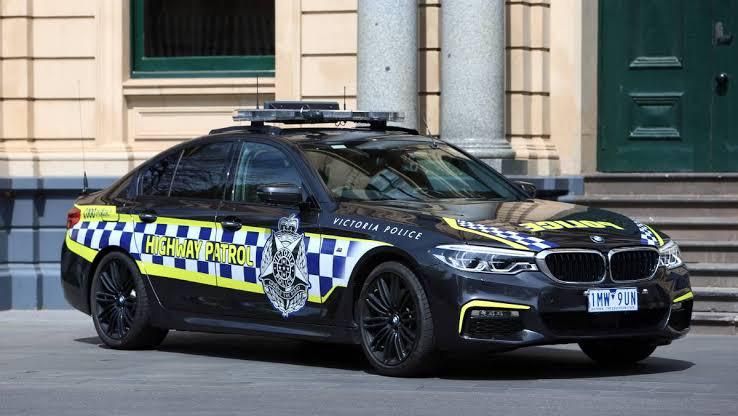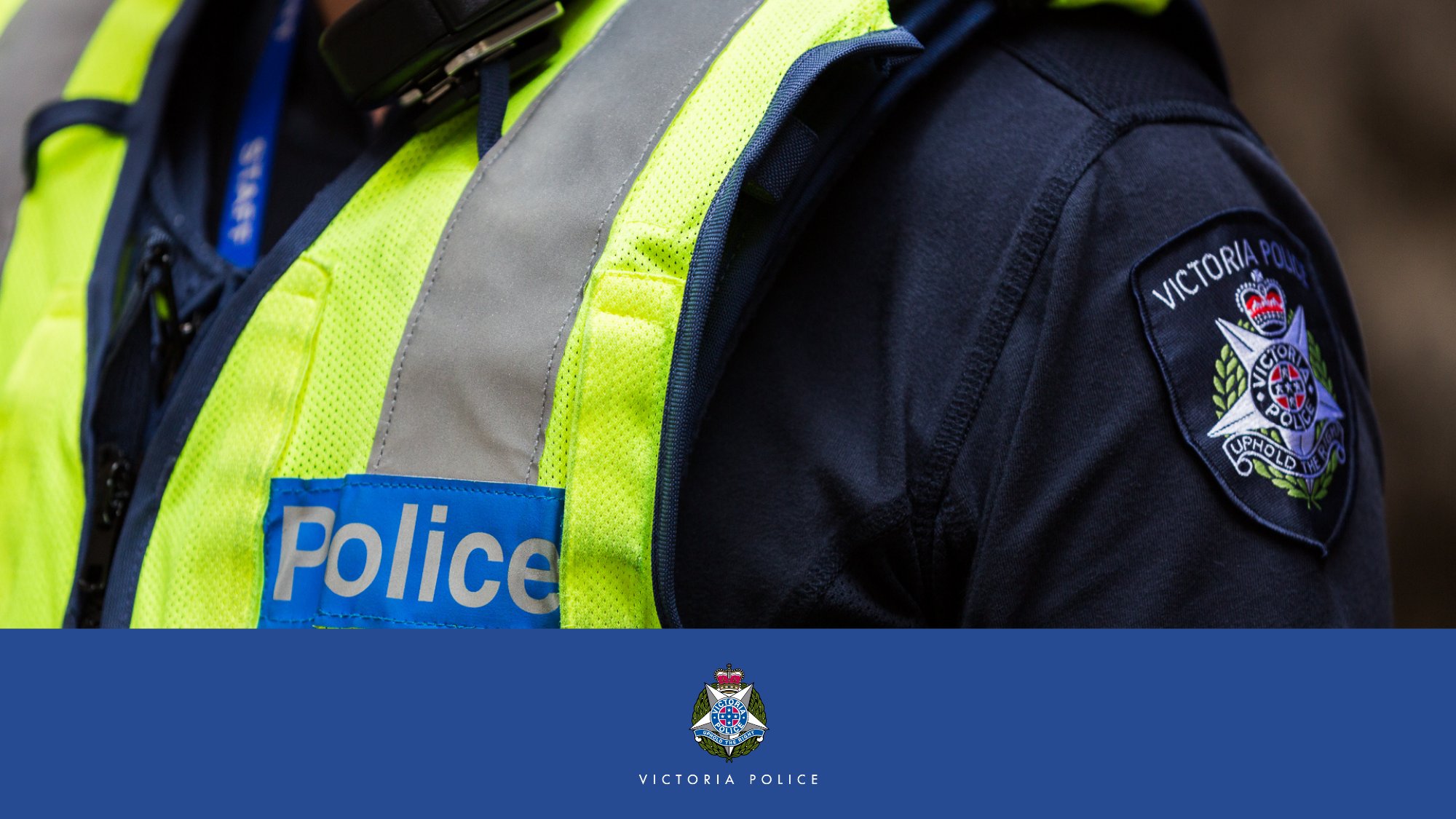OUTLAW3D: Australia Withdraws Thousands of Fines Amid 3D Printed Plate Surge
⚓ p3d 📅 2025-08-14 👤 surdeus 👁️ 12In 2023, 3DPrint.com reported on a strange and dangerous crime trend: criminals in Australia were using 3D printers to make fake number plates. It was a high-tech twist on an old crime, and back then, it looked like a bit of a warning sign for the future.
Well, two years later, the warning has become reality. And the problem is not only back, it’s worse.
3D Printed Plates Lead to Traffic Fine Chaos
According to a new report from News.com.au, Victoria Police has been forced to throw out thousands of speeding and traffic fines because of cloned and stolen plates. In the last financial year alone, 5,525 infringement notices—that’s about 106 fines every week—had to be cancelled.
The scam is simple but effective. Criminals steal a real number plate, or often more than one, and use a 3D printer to make an almost identical copy. They then attach the fake plate to a stolen vehicle of the same make and model. When the car is caught on a speed camera or runs a red light, the number plate matches official records, so it looks like the real owner did it.
Victims can lose their licence, rack up thousands in fines, and spend hours proving their innocence. One Melbourne woman told radio station 3AW she lost her licence after cloned plates from her car were used in multiple violations. Another man returned from an overseas trip and found he had $1,500 in fines for petrol theft, even though his car had been locked in his garage the whole time.

Victoria Police vehicle. Image courtesy of Victoria Police.
3D Printing Makes Cloning Easier
Traditional plate cloning requires metal stamping or special tools. But now, with desktop 3D printers, criminals can replicate plates cheaply and quickly. These machines can print the raised letters and numbers, then criminals paint them to match the original.
According to other documented cases (including outside Australia), police and forensic specialists have explained that counterfeit plates are often finished with vinyl wraps or reflective films so they pass both visual checks and camera scans.
For example, a report in the UK about these so-called “ghost plates” described how number plates were coated with reflective layers to block detection by Automatic Number Plate Recognition (ANPR) systems; these are the camera networks used by police to scan and check vehicle registrations in real time. Adding reflective material to change a plate’s appearance is a technique that criminals making 3D printed cloned plates are also using today, making the copies even harder to detect.
This all makes it hard for police and victims to keep up.
Paul Maric from CarExpert.com.au told 3AW the process puts the burden on innocent people: “It seems entirely bizarre to me that when they’re the ones sending you the fine, you have to prove you weren’t driving the car.”
The scale of the issue is important. The Victorian Crime Statistics Agency recorded 29,790 number plate thefts between March 2024 and March 2025, which is almost double the 15,879 thefts recorded a decade earlier and the highest total in ten years. In fact, according to the agency, the year ending March 2025 has seen the overall highest theft offence rate since 2016, driven by record numbers of car break-ins and a big jump in shoplifting.

Police Response
Police have been running targeted operations and using ANPR cameras to scan for stolen or unregistered vehicles. Hundreds of plates have been seized.
Victoria has also introduced number plates with holographic watermarks to make cloning harder. But this security feature is still not common, leaving most vehicles unprotected.
Other countries are already testing or rolling out digital license plates. These are electronic displays that can show real-time registration data, alerts (like “stolen vehicle”), or custom messages. In the U.S., states such as California, Arizona, and Michigan have officially allowed them, and Texas permits them for commercial fleets. Pilot programs are also running in places like Maryland and the UK. But Australia has yet to offer this option.
For now, police are urging drivers to take simple steps, such as using anti-theft screws to secure plates (these cannot be removed without special tools), or blurring or blocking the plate number when posting vehicle photos online, and reporting stolen plates immediately and applying for replacements.
Even though crimes involving number plates can lead to up to six months in jail, the speed and low cost of 3D printing keep it attractive.

Victoria Police badge. Image courtesy of Victoria Police.
The 3D Printed Guns Connection
The return of fake number plate crimes isn’t the only 3D printing headline from Australia this week. On August 12, police in Melbourne’s eastern suburbs arrested two people and seized two 3D printers as part of a firearms manufacturing investigation.
At a house in Doncaster, detectives found 3D printed firearm parts, filament, metal components, and a laptop with gun design files. A 36-year-old woman was charged with possessing equipment to manufacture a firearm and will face court in October. A 51-year-old man was released pending further inquiries.
Detective Inspector Julie Macdonald from the Illicit Firearms Squad stated: “Over the past few years, we have continued to see people willing to take risks in relation to privately manufacturing firearms, and it’s something the Illicit Firearms Squad continues to monitor.
“If there is any perception that this is not as serious as other firearms offenses or that there are fewer risks associated with the 3D manufacture of weapons, then I can assure you that you are completely wrong. The consequences of using these privately manufactured firearms can be fatal, and the penalties are also severe. Those caught can face up to 10 years imprisonment for the manufacture of a firearm without a license.”
When 3DPrint.com first covered Australia’s black market for 3D printed plates in 2023, it was just starting to appear. Two years later, it’s become an expensive problem for police, with thousands of fines cancelled and plate thefts at record levels. The point isn’t that 3D printing is dangerous; it’s not. But as the technology becomes more powerful and more common, stopping it from being misused will remain an important job for police, industry, and the community.
🏷️ p3d_feed